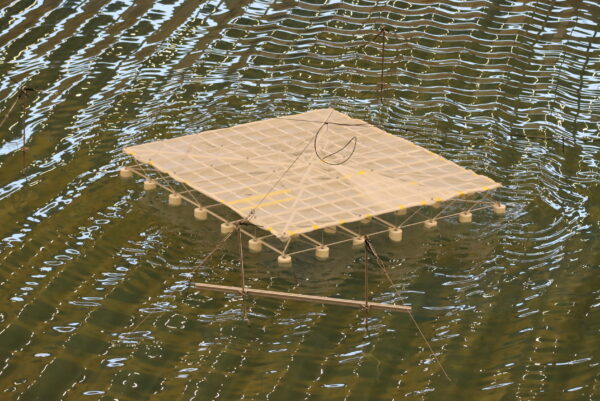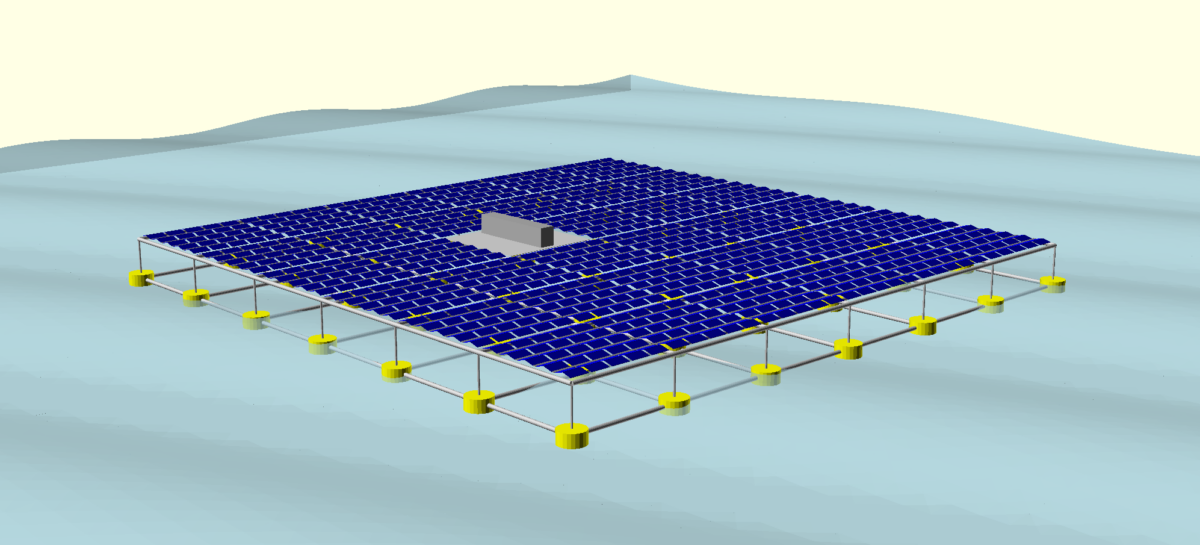Researchers from KU Leuven and EnergyVille in Belgium conducted an assessment of wind and solar energy resources in the Belgian North Sea to determine the complementarity of hybrid offshore solar-wind farms under various scenarios. The team also specifically looked at the impact of climate change on such hybrid projects.
“As climate change will impact renewable energy resources, it is important to take its effects into account for complementarity assessments,” researchers noted. “However, there are only a few works that study the influence of climate change on offshore renewable resource complementarity.”
According to the assessment, complementarity increases over longer periods of time, compared with shorter timescales. Additionally, the assessment determined that the complementarity of offshore solar-wind farms is expected to increase over time under substantial global warming.
For their research, the scientists studied the complementarity metric Kendall's τ on different timescales, with τ being calculated on the time-dependent profiles for wind power density (WPD) and PV power. All the data used in the study were validated in literature, through the team’s own calculations, or both.
Information on wind speeds, air pressures, and temperatures from 2008 through 2018 came from the Dutch Offshore Wind Atlas (DOWA), while data on global horizontal irradiance (GHI), direct normal irradiance (DNI), diffuse horizontal irradiance (DHI), and surface temperature values for the period January 2011 through December 2022 came from Solcast.
“At 10-minute, hourly and 3-hourly timescales, only a small degree of complementarity is present. The complementarity on daily, weekly and monthly timescales is more significant and increases with the length of the timescale,” the report stated. It adds that the behavior of solar and wind resources in the Belgian North Sea makes it a desirable location for hybrid offshore solar-wind projects, as “strong periods of solar power nicely alternate with strong periods of wind power.”
Popular content
The research team used regional climate simulations for the period 2030-2100 – in particular, climate representative concentration pathways (RCPs) 4.5 and 8.5 – in order to assess the effect of climate change on the behavior of the resources. This meant increasing the “radiative forcing compared to pre-industrial times by 4.5 and 8.5 W/m2, respectively.” For RCP4.5, the team did not observe a clearly increasing or decreasing trend in complementarity, while for RCP8.5, the team noted a slight increase in complementarity anticipated closer to 2100.
According to the analysis, hybridizing offshore wind systems by adding solar capabilities could take advantage of opportunities for common grid connections in order to increase yield while also not taking up a significant amount of space, losing a significant amount of electricity to curtailment, or hindering maintenance of the wind farm.
“We estimated that a 3020 MWp FPV system, added to the 2262 MW wind power in the Belgian North Sea, would increase the renewable electricity yield by 47% while only losing 16% of the PV electricity to curtailment in the studied period of 2021–2022 for the assumed connections,” the researchers found.
The team’s complete analysis can be found in the study “The complementarity of offshore wind and floating photovoltaics in the Belgian North Sea, an analysis up to 2100,” which was published in Renewable Energy. The research was supported by the Belgian Energy Transition fund, which provided funds for the study.

This content is protected by copyright and may not be reused. If you want to cooperate with us and would like to reuse some of our content, please contact: editors@pv-magazine.com.



By submitting this form you agree to pv magazine using your data for the purposes of publishing your comment.
Your personal data will only be disclosed or otherwise transmitted to third parties for the purposes of spam filtering or if this is necessary for technical maintenance of the website. Any other transfer to third parties will not take place unless this is justified on the basis of applicable data protection regulations or if pv magazine is legally obliged to do so.
You may revoke this consent at any time with effect for the future, in which case your personal data will be deleted immediately. Otherwise, your data will be deleted if pv magazine has processed your request or the purpose of data storage is fulfilled.
Further information on data privacy can be found in our Data Protection Policy.